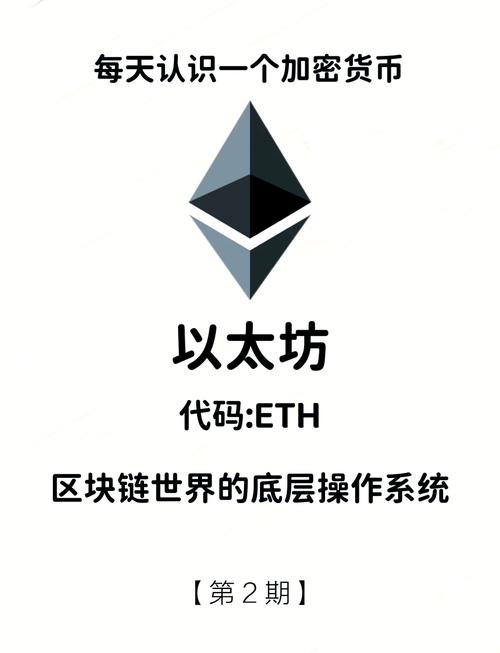
Difference Between ETH and BTC: A Comprehensive Overview
When it comes to cryptocurrencies, Ethereum (ETH) and Bitcoin (BTC) are two of the most well-known and widely discussed digital assets. Despite their similarities, there are several key differences that set them apart. In this article, we will delve into the various aspects of ETH and BTC, providing you with a detailed comparison to help you understand their unique characteristics.
Market Capitalization and Price
Market capitalization is a measure of the total value of a cryptocurrency’s circulating supply. As of the time of writing, Bitcoin holds the largest market capitalization, making it the most valuable cryptocurrency. Ethereum, on the other hand, has a significantly smaller market cap but has seen rapid growth in recent years.

| Cryptocurrency | Market Capitalization (USD) | Price (USD) |
|---|---|---|
| Bitcoin (BTC) | 1,000,000,000,000+ | 50,000+ |
| Ethereum (ETH) | 200,000,000,000+ | 4,000+ |
While Bitcoin’s price is generally higher than Ethereum’s, the latter has seen more significant growth in terms of market capitalization. This can be attributed to Ethereum’s versatility and its ability to support decentralized applications (DApps) and smart contracts.
Technology and Blockchain
Bitcoin and Ethereum operate on different blockchain technologies, which contribute to their unique features and functionalities.
Bitcoin uses a proof-of-work (PoW) consensus mechanism, where miners compete to solve complex mathematical puzzles to validate transactions and add new blocks to the blockchain. This process requires significant computational power and energy consumption.
Ethereum, on the other hand, uses a proof-of-stake (PoS) consensus mechanism, which is more energy-efficient. In PoS, validators are chosen to create new blocks based on the number of tokens they hold and are willing to “stake” as collateral.

Use Cases
Bitcoin and Ethereum serve different purposes within the cryptocurrency ecosystem.
Bitcoin is often referred to as “digital gold” due to its limited supply and decentralized nature. It is primarily used as a store of value and a medium of exchange. Its main use case is as a digital currency that can be used to buy goods and services or held for investment purposes.
Ethereum, on the other hand, is a platform that enables the creation and deployment of DApps and smart contracts. This makes it suitable for a wide range of applications, including decentralized finance (DeFi), supply chain management, and digital identity solutions.
Smart Contracts and DApps
One of the most significant differences between Bitcoin and Ethereum is their support for smart contracts and DApps.
Smart contracts are self-executing contracts with the terms of the agreement directly written into lines of code. They automatically enforce and execute the terms of an agreement, eliminating the need for intermediaries. Ethereum’s blockchain is designed to support smart contracts, making it a preferred platform for DApp development.
DApps are decentralized applications that run on a blockchain platform. They are built using smart contracts and can be used for a wide range of applications, from decentralized finance to gaming and social media.
Conclusion
In conclusion, Bitcoin and Ethereum are two distinct cryptocurrencies with unique features and use cases. While Bitcoin is primarily used as a digital currency and store of value, Ethereum is a versatile platform that supports DApps and smart contracts. Understanding the differences between these two cryptocurrencies can help you make informed decisions when investing or using them.



